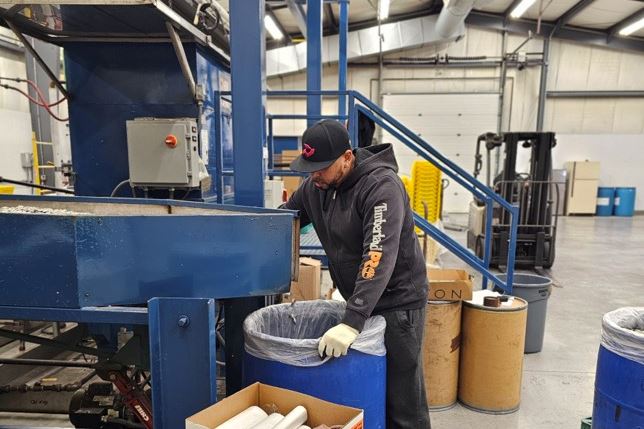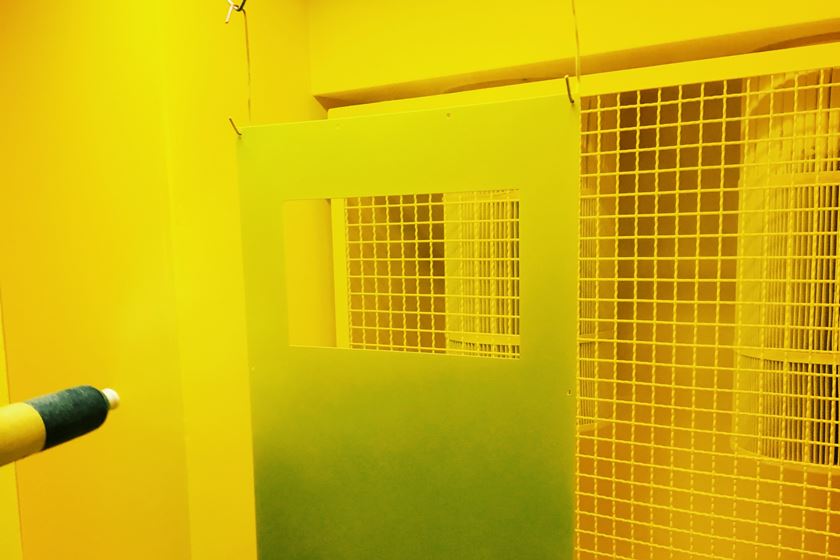New York Becomes Second State to Require EJ-Focused Cumulative Impact Analysis
A new law will require a thorough review of the cumulative impacts of pollution on certain disadvantaged communities before an environmental permit is issued or renewed.
#nasf #regulation
New York Governor Kathy Hochul signed New York’s “Cumulative Impacts” bill into law in December, making New York the second state in the nation to require assessment of “cumulative impacts” affecting certain communities before an environmental permit is issued or renewed. This is approximately two years after New Jersey passed similar “cumulative impact” legislation. The New York law appears to have a blanket prohibition on issuance or renewal of environmental permits to all facilities which might contribute to further impact on “disadvantaged communities.”
Environmental Justice and Cumulative Impact Analysis
The new law requires analysis of “cumulative impacts” on “disadvantaged communities” before a permit is approved or renewed. “Disadvantaged communities” are defined as “communities that bear burdens of negative public health effects, environmental pollution, impacts of climate change, and possess certain socioeconomic criteria, or comprise high-concentrations of low- and moderate- income households.”
Facilities operating in these “disadvantaged communities” would be required to prepare “existing burden reports” containing baseline environmental monitoring data collected within the past two years and information identifying the following:
- each existing pollution source or categories of sources affecting the community;
- the potential routes of human exposure to pollution from each source or categories of sources;”
- ambient concentration of regulated air pollutants and regulated or unregulated toxic air pollutants;
- traffic volume;
- noise and odor levels;
- exposure or potential exposure to lead paint;
- exposure or potential exposure to contaminated drinking water supplies;
- proximity to sources like solid or hazardous waste management facilities, wastewater treatment plants, hazardous waste sites, incinerators, recycling facilities, waste transfer facilities and petroleum or chemical manufacturing, storage, treatment or disposal facilities;
- the potential or documented cumulative human health effects of the pollution sources; and
- the potential or projected contribution of the proposed action to existing pollution burdens in the community and potential health effects of such contribution.
Notably, “[n]o permit shall be approved or renewed by the department if it may cause or contribute to, either directly or indirectly, a disproportionate or inequitable or both disproportionate and inequitable pollution burden on a disadvantaged community.” New York state regulators would make this determination as part of a rulemaking and public participation process to be established later this year.
This update is courtesy of the National Association for Surface Finishing (NASF). For more information or to become a member, visit nasf.org.
RELATED CONTENT
-
Evaluation of Atmospheric Corrosion on Electroplated Zinc and Zinc-Nickel Coatings by Electrical Resistance (ER) Monitoring
This paper is a peer-reviewed and edited version of a presentation delivered at NASF Sur/Fin 2013 in Rosemont, Ill., on June 12, 2013.
-
A Process for Alkaline Non-cyanide Silver Plating for Direct Plating on Copper, Copper Alloys and Nickel Without a Silver Strike Bath
Traditionally, silver is electroplated in toxic, cyanide-based chemistry. Due to cyanide’s extreme hazard to human health and environments, developing non-cyanide silver chemistry is essential for the silver electroplating industry. Discussed here is an aqueous, alkaline non-cyanide silver plating technology, which can be directly plated over nickel as well as copper and its alloys. The silver deposits have perfect white color and better anti-tarnishing properties than other non-cyanide silver processes. The silver is plated entirely from the dissolving silver anode and the bath is very stable, and maintains a stable pH level both during plating and idle time. This new non-cyanide silver technology will plate bright silver that is perfectly suitable for electronic, industrial and decorative applications. .
-
Electroplated Tin-Nickel Coatings as a Replacement for Nickel to Eliminate Nickel Dermatitis
This paper is a peer-reviewed and edited version of a paper delivered at NASF SUR/FIN 2013 in Rosemont, Ill., on June 12, 2013.















